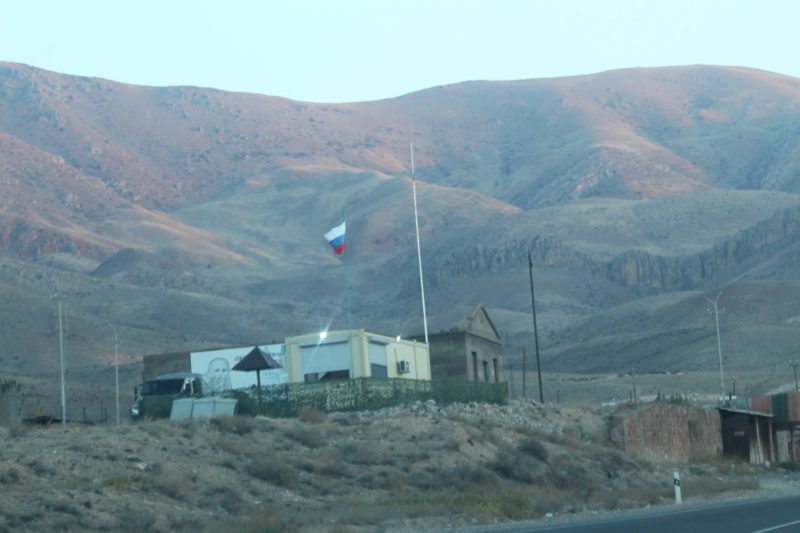By Avedis Hadjian
Special to the Mirror-Spectator
It was five minutes past midnight and Lilit was praying by the window of her apartment in Jermuk, a resort famous for its mineral water and spas in southern Armenia. Suddenly, enormous, orange balls of fire lit up the sky.
“This is it,” she said aloud to herself. “The war has begun.”
The blitzkrieg attack by Azerbaijan in the early minutes of September 13, 2022 left at least 6 civilians and 200 Armenian soldiers dead in two days of fighting, which stopped after the prompt diplomatic intervention by the US State Department and, according to Russian President Vladimir Putin, his government too.
Few spots in the world concentrate so much geopolitical imbalance as Armenia. Squeezed in the South Caucasus, at the intersection of the imperial interests of Russia, Turkey, and Iran, it now faces growing threats by the autocratic regime of Azerbaijan, its neighbor to the east and victor of a brutal war two years ago.


















